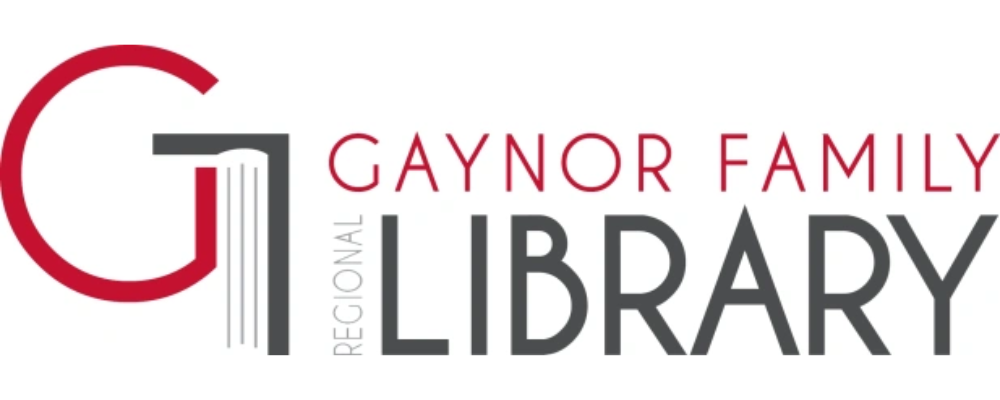The year is coming to an end, but our celebratory blog series, Tech Forum to-go, is not ready to say goodbye just yet. For this instalment, we’re bringing back to the menu the March 2022 session, The difference queer fanfiction makes: Lessons for the publishing industry.
Enjoy!
The difference queer fanfiction makes: Lessons for the publishing industry
Earlier this year, we hosted Nikoo Sarraf and Jennifer Chen from McGill University's .txtlab. In their presentation, they shared insights from their 2021 report, queer fans: the difference that queer fanfiction makes, revealing the stylistic qualities of queer fanfiction that allow readers to form strong attachments with the material and showing how queer fanfiction authors approach content from a place of emotional vulnerability, explore taboo topics, and offer character-focused storytelling.
Below we’ll share five takeaways from this session. For those interested in the details of Nikoo and Jennifer’s research, they thoroughly explain their approach to collecting and processing the data here.
Takeaway 1 — Queer fanfiction is a safe space
As Jennifer shares, “fanfiction is a powerful, transformative form of writing that provides a safe space for youth to explore their gender and sexuality.” It's especially useful to sexual and gender minority youth.
Fanfiction is an open world that allows writers and readers to explore stories on their own terms and beyond the heteronormative boundaries of traditional publishing, and perhaps more importantly, it allows them to include themes related to their own identities.
Takeaway 2 — A wide range of topics have a place in queer fanfiction
Queer fanfiction writers feel more comfortable talking about and exploring topics that are commonly considered “taboo” or that are more intimate and personal — and the data proves it. Topics such as sex, bodies, emotions, pain, crying, and profanity are far more common in queer fanfiction.
In short, queer fanfiction fills the gaps left by mainstream media.
Takeaway 3 — Queer fanfiction stories are more centred on characters than plotlines
The research done by Jennifer and Nikoo indicates that traditional fiction focuses more on plotlines, whereas queer fanfiction revolves more around interpersonal experiences allowing for the integration of complex, emotionally-deep, relatable characters.
Looking at the data, 9.9% of the words in queer fanfiction are character-centric vs. 8.7% of the words in the mainstream publishing sample — in a novel-length work, this can be translated into 1,200 more character mentions.
Takeaway 4 — Vulnerability is encouraged in queer fanfiction
Emotion- and feelings-related events such as sighing, smiling, smirking, and groaning are more present in queer fanfiction compared to mainstream fiction. This allows for the development of rich stories that reflect the beauty and complexity of queerness, embracing talks about intimacy, sex, and demonstrations of vulnerability.
Takeaway 5 — Fanfiction allows LGBTQI+ people to write the stories they want to read
Some of the characteristics that make fanfiction appealing to young, queer people are a sense of belonging, community support, and the opportunity to explore one's identity in a non-judgemental environment.
The inclusion of themes that are often censored or absent in traditional fiction helps them create the stories they've wanted to read in the fictitious worlds of the characters they know and love.
In times when the inclusion of queer themes can often feel disingenuous, fanfiction becomes a space where the representation of a wide range of experiences is championed and celebrated.
Takeaway 6 — Mainstream publishers have a gap to fill when it comes to LGBTQI+ stories
As mentioned here, readers are craving stories that are not just relatable but help create opportunities to learn about their feelings and sexualities while destigmatizing “taboo” topics. They want to see parts of themselves and their identities in the characters of the stories they read. And as of now, mainstream publishing still has a long way to go to fill the gap between the number of LGBTQI+-themed publications being produced and the demand.
Watch the full session below
Hungry for more Tech Forum?
Sign up for our newsletter, subscribe to our YouTube channel, and keep your eyes peeled on our website to register for upcoming webinars and rewatch old favourites.
Order up!














Want to make data-informed decisions? We can help.